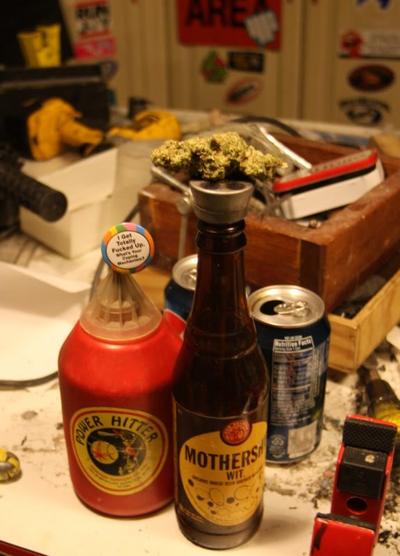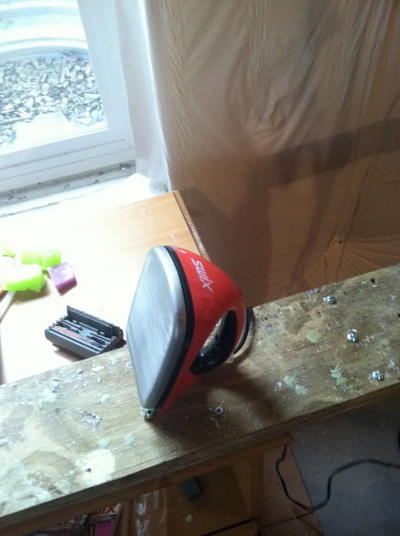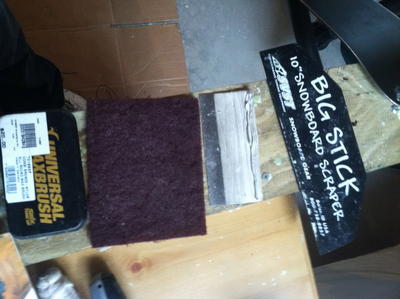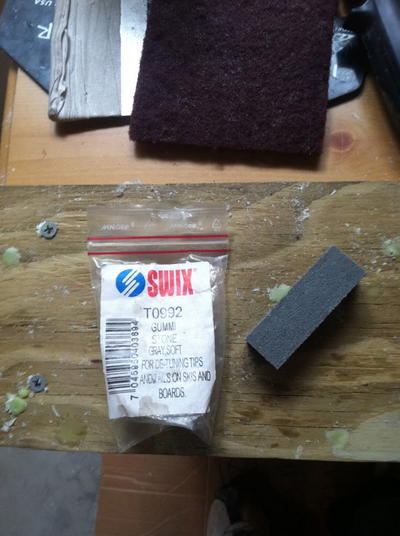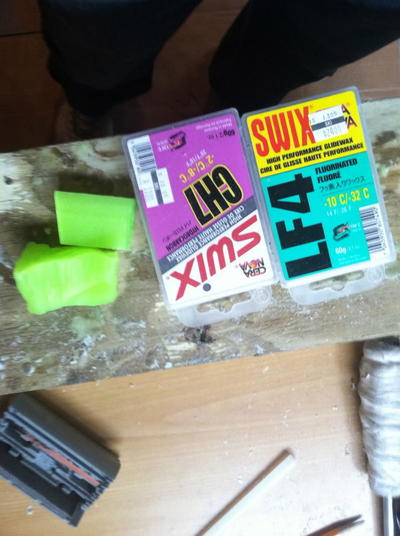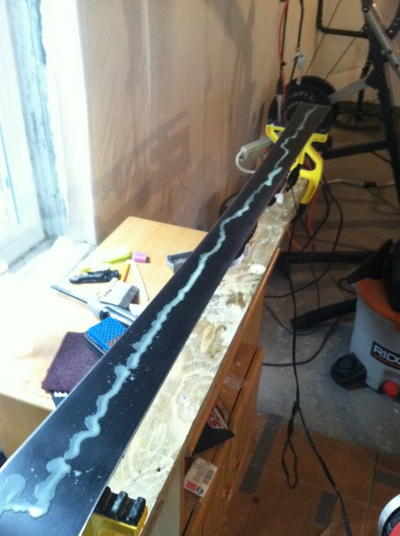there are several variables when it comes to selecting the appropriate wax, but the two most important are temperature and humidity. A third variable is the “snow condition,” i.e., whether the snow is “new,” “old” or “manmade”. It can get a bit crazy trying to deal with all three, but the Swix website does offer a “Wax Wizard” tool that will recommend the right wax given those three inputs. Other wax brands provide similar on-line tools.
Humidity is dealt with by adding fluorocarbon additives to the wax. Swix has 3 levels of fluorination – CH, LF and HF. CH wax has the lowest level of fluorination, and HF has the highest. For each level of fluorination, Swix offers different waxes for different temperate ranges.
For example, in its CH line, Swix offers the following temperature ranges:
CH4 -- minus 26 to 14 F
CH6 – 10 to 21 F
CH7 – 18 to 28 F
CH8 – 25 to 34 F
CH10 – 32 to 50 F
For the conditions we face in the Poconos, CH6, CH7, CH8 and CH10 will likely cover all the temperatures we will experience. We have found that we use CH7 and CH8 the most, with some CH6 early in the season when it is colder, and some CH10 later in the season as Spring approaches.
The CH6-CH10 waxes are shown below. These are the least expensive and are best used during normal training and in competition where maximum speed is not essential or the snow conditions are very dry.
The LF waxes include a higher level of fluorination. These should be used in competition and are particularly helpful at higher humidity.
The HF waxes have the highest level of fluorination. Again, these are used where maximum speed is most important, such as in alpine events. They are best in higher humidity conditions. Out West in Copper, where the snow can be very dry, these may not be the best choice. But here in the East, they can work very well. These are very expensive, and you won’t need much. Swix offers an “HF12”, which includes one bar of HF7 and one of HF8 – a good option to save some money.
We also discussed “overlays.” These are waxes that are applied as a last layer, usually just prior to a run. They typically last only one run and need to be reapplied prior to the start of the next run. A very good, all-purpose overlay is the Swix F4 overlay (shown to the left). It works in a wide variety of conditions, and we have had good experience with it. If you want to get more technical and try to address different temperate ranges and humidity, Swix has a line of Cera F overlays that can be used. They tend to be very expensive. They come in powder, solid and liquid form. The solid form may be the easiest to work with.
For waxing, you’ll need a wax iron. We recommend purchasing one that enables you to set the temperature. Most wax brands, including Swix, recommend that the different waxes be applied using different iron temperatures. For example, an iron temperature of 110 C is recommended for Swix CH10, whereas the recommended iron temperature for CH6 is 140 C. The wax iron show below is a good lower cost option (T74 Sport) that provides different temperature settings
After the right wax has been applied and it is allowed to cool, you’ll need a scraper to scrape it off. As discussed at the tuning seminar, on competition days, we typically do this at the top of the mountain just prior to a run. Swix offers plexiglass scrapers, but you can also pick these up at just about any ski or snowboard shop.
After scraping, you need to brush out the ski or snowboard base to remove additional wax and leave the base with some “structure.” At a minimum, you will want a copper brush (pictured far left). For racing, most wax technicians start with a copper brush, then brush again with a nylon brush (pictured middle), and then again with a boar-hair or horse-hair brush (pictured right).Overlays are often applied using a cork (shown at left). The ski or snowboard base may also then be polished using a fibertex pad (shown at right). Some wax technicians also use polishing cloths (not shown) at the very end of the process.
I give credit to anyone who read the whole thing, it was where i got a lot of my great info from, i consider myself to be pretty good at waxing skis and have been doing it for 4 years now, the big thing that i found is experimenting with different techniques and waxes, for example i found that the cheap 1 dollar wax works just as good as the ch level wax from swix for park riding, i currenty have a good 10 plus bars of the cheap green wax in my basement, and only about one box of the rest, there is a reason for that, and that is because the shit straight up works for someone who does not NEED speed where every second counts.
most asked question i have seen, is that why do I want to spend all of this money?
you need to remember that yes this is an investment, my start up cost around 150, i did not by a table i made one, i didnt even use vises at first just to make sure i am going to like doing thing, now i love it, i do it to escape, it is getting my mind into skiing even when i am stuck at home. just think how much you will save when you can wax your skis for the price of wax, insted of paying someone which usually runs about 20 bucks.
inb4 tl;dr





